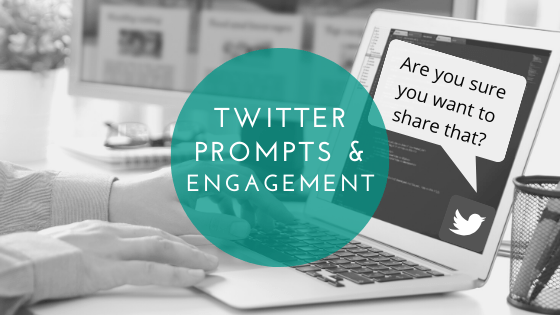
How brands are building communities on TikTok
When Grunig referred to digital media as the “latest fad in public relations” in 2009, he may not have imagined that by 2020 more than 3.8 billion people would be active social media users. Back in 2009, Facebook overtook Myspace as the social network with the most users, and Twitter also saw huge growth in its userbase.
Still, there is some element of the “fad” about digital media, particularly with social sites. Today, Myspace is a “ghost town”, and Facebook and Twitter are competing for attention with newer entries to the space such as Instagram (bought by Facebook for $1billion), Snapchat, and TikTok.
TikTok in particular has seen impressive growth recently. Describing itself as the “leading destination for short-form mobile video”, it allows users to upload 15-second videoclips, add a range of audio including licensed songs from artists, and apply a range of augmented reality visual effects.
Launched in 2016, TikTok bought out and merged with similar app Musical.ly in 2017. At the end of 2019, TikTok had 1.5 billion users worldwide. It received its most ever app downloads per quarter in early 2020, an increase potentially driven by people looking for ways to alleviate boredom during pandemic lockdowns. It is currently number 6 on the UK iPhone App Store rankings, and number 1 in the US. As the app grows in popularity, organisations are joining the platform in a bid to engage with TikTok’s predominately young user base; 41% of its users are aged between 16 and 24.
Community building is key in PR; it has been said that public relations is “the active attempt to restore and maintain a sense of community”, including in the online environment. Many of TikTok’s unique features go beyond the standard social media options to like, comment, or share, allowing users to easily collaborate with each other, which in turn allows the content to be seen by more people and stay relevant for longer. For example, users can film their reactions to other’s content, or perform alongside another in a split-screen duet. Like many other platforms, TikTok has a hashtag system that groups similar videos together, so users can easily find relevant users and content based on their interests, and its algorithm can display a personalised feed of videos.
Brands on TikTok aim to utilise the platform by finding imaginative ways to build a community of fans and engage with them. One way to achieve this is through hashtag challenges; asking fans to take part in a creative challenge linked to a hashtag. In 2018, fashion brand GUESS was the first to launch one of these on TikTok with #InMyDenim, which encouraged fans to participate in a “denim transformation challenge” that accumulated over 51 million views.
@ourfireDon’t you wish getting ready was this easy? 😂❤️🔥 ##inmydenim ##sponsored @guess♬ #inmydenim I’m a Mess – Bebe Rexha
Fashion brands are not the only ones utilizing TikTok. Here are some examples of how other types of organisations are using the app:
The Telegraph
After The Washington Post started an account, gaining more than 550 thousand followers, The Telegraph followed suit. Currently on 97.6 thousand followers, it posts videos on a mix of topics ranging from light-hearted baking tips to serious issues such as FGM. In this video, China Correspondent Sophia Yan demonstrates temperature checks for Covid-19 in Beijing.
@thetelegraphThere are constant temperature checks in Beijing due to Covid-19 🤒 ##beijing ##lockdownlife ##coronaviruscheck ##china♬ original sound – thetelegraph
World Health Organisation
WHO uses TikTok to share public health messaging with its 2.5million followers using hashtags such as #HealthForAll. It joined the platform during the Coronavirus pandemic.
@whoThese are 5⃣ things to know about #covid19 transmission♬ original sound – who
Guinness World Records
Guinness World Records sets a task each week for its 9.1 million TikTok followers under the hashtag #GWRchallenge, asking users to share videos of their attempts. Recent challenges have included bottle flipping, performing kick ups with toilet rolls, and attempting to put on a t-shirt whilst in a handstand. It also shares videos of successful world record attempts, including this limbo ice-skating clip.
@guinnessworldrecordsLowest ##limbo ##ice skating over 10m: 7 inches (17.78 cm) by Shristi Sharma♬ MAKE IT HAPPEN – Bamtone
Only time will tell if TikTok can sustain its popularity and become more than the current social media fad. For now at least, it seems to be a useful tool for organisations looking to reach large audiences and build online communities using creative, collaborative content.
